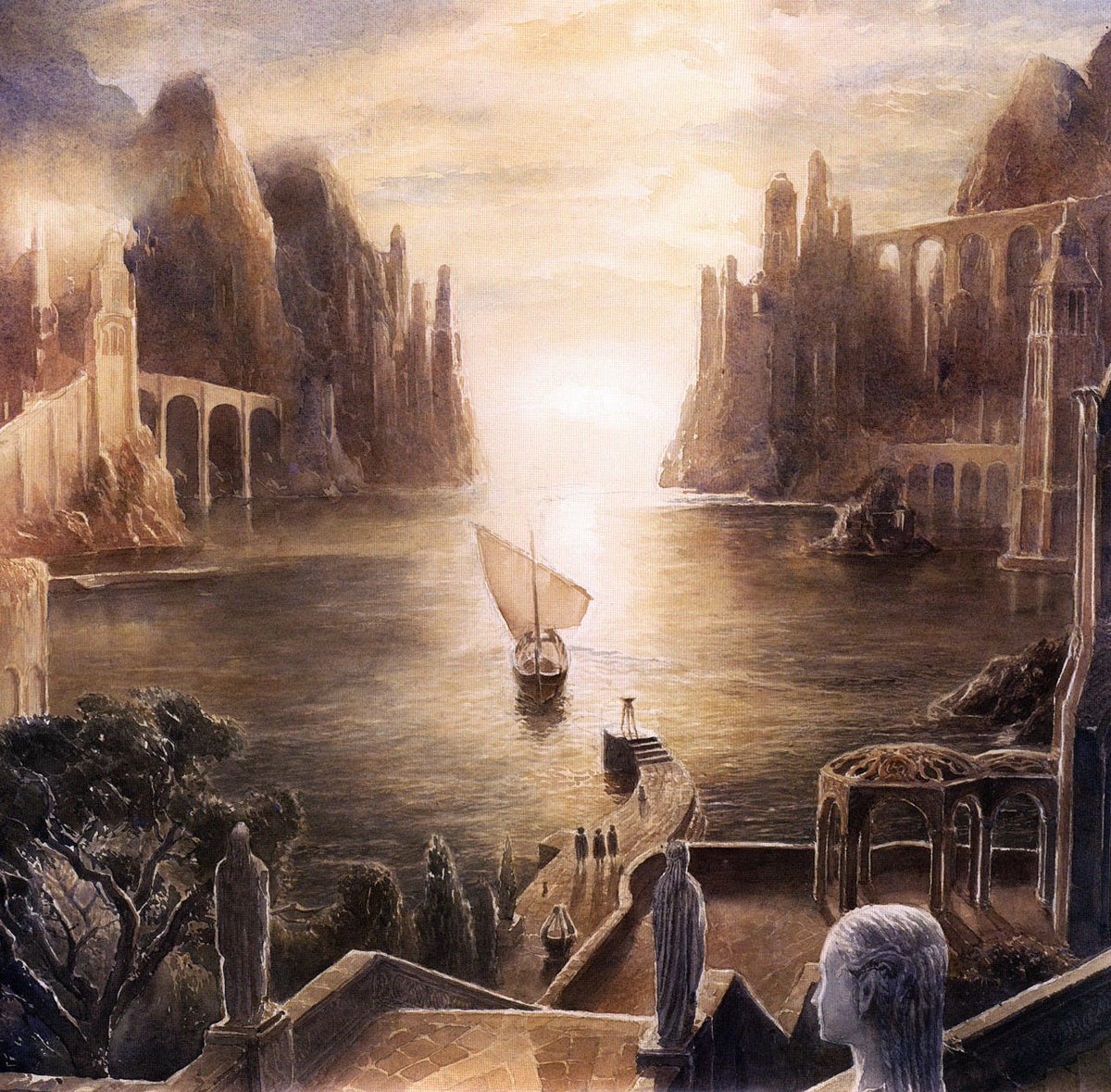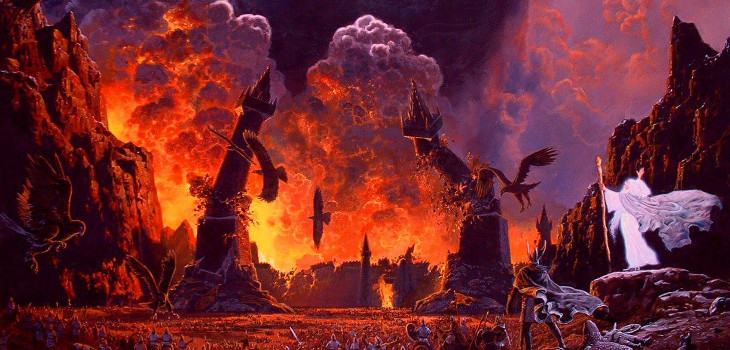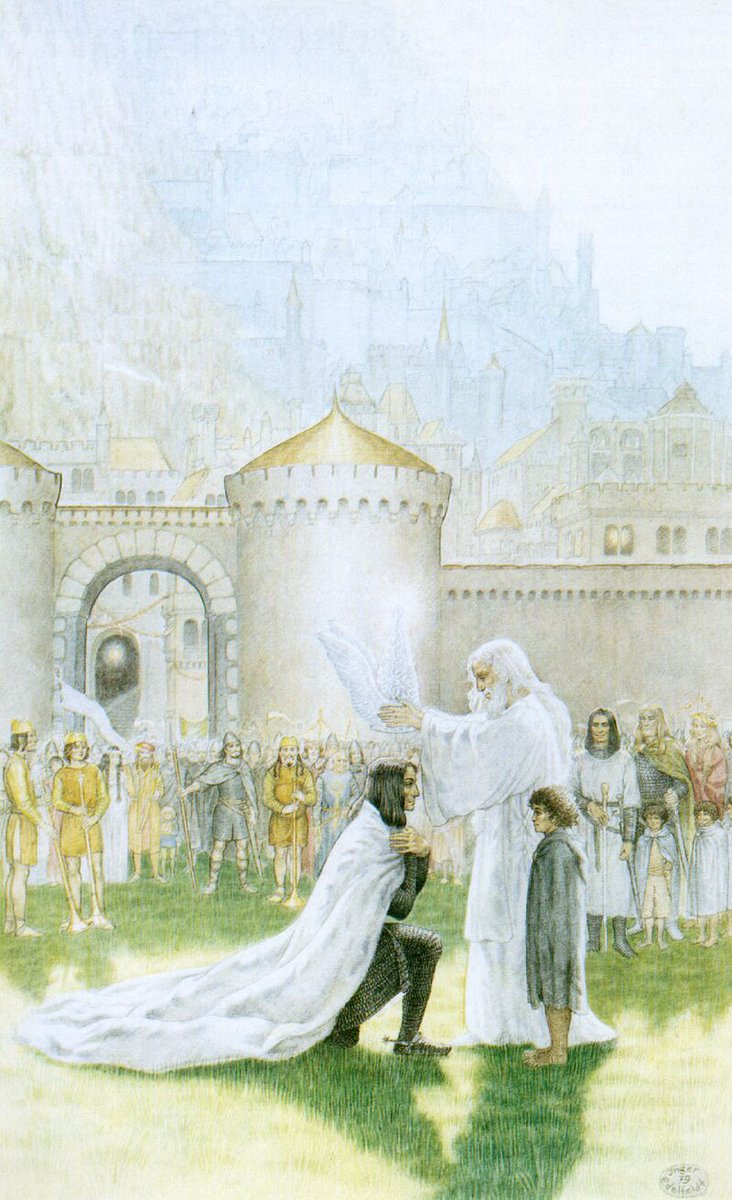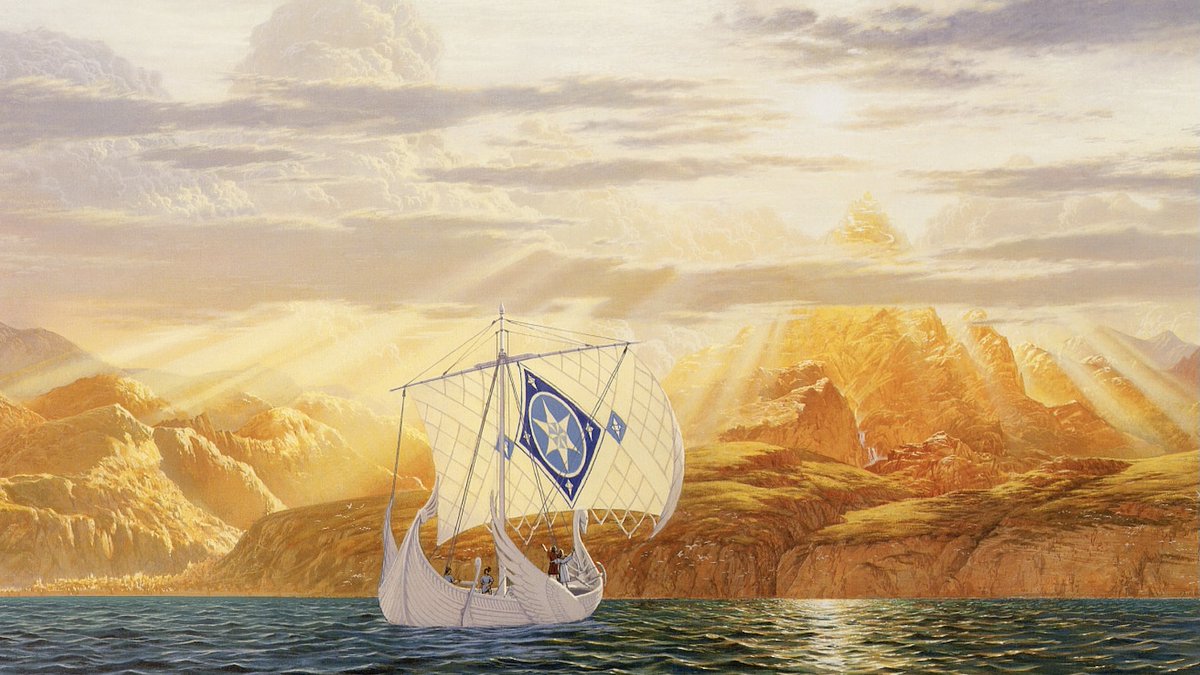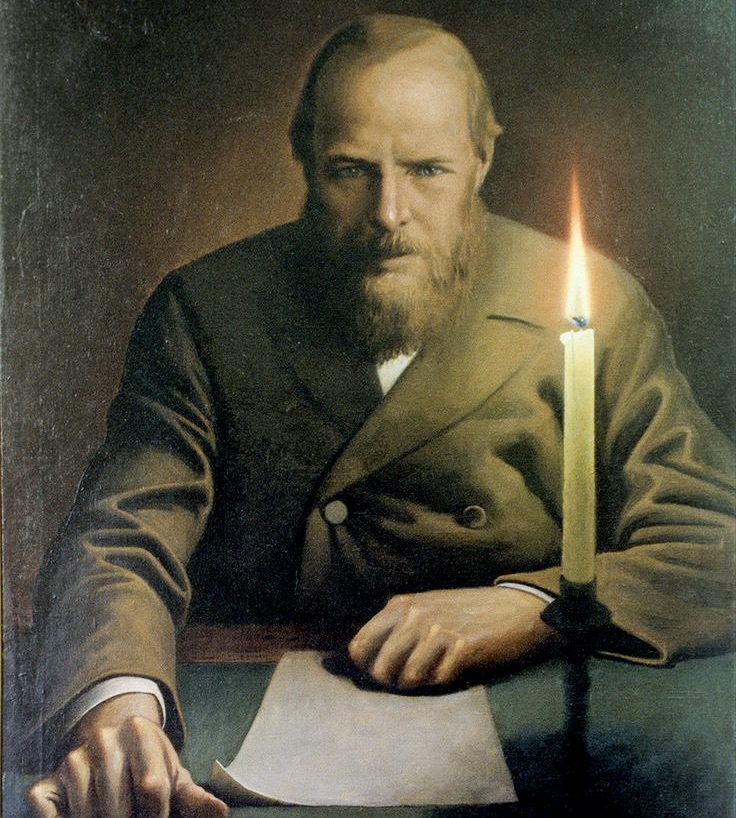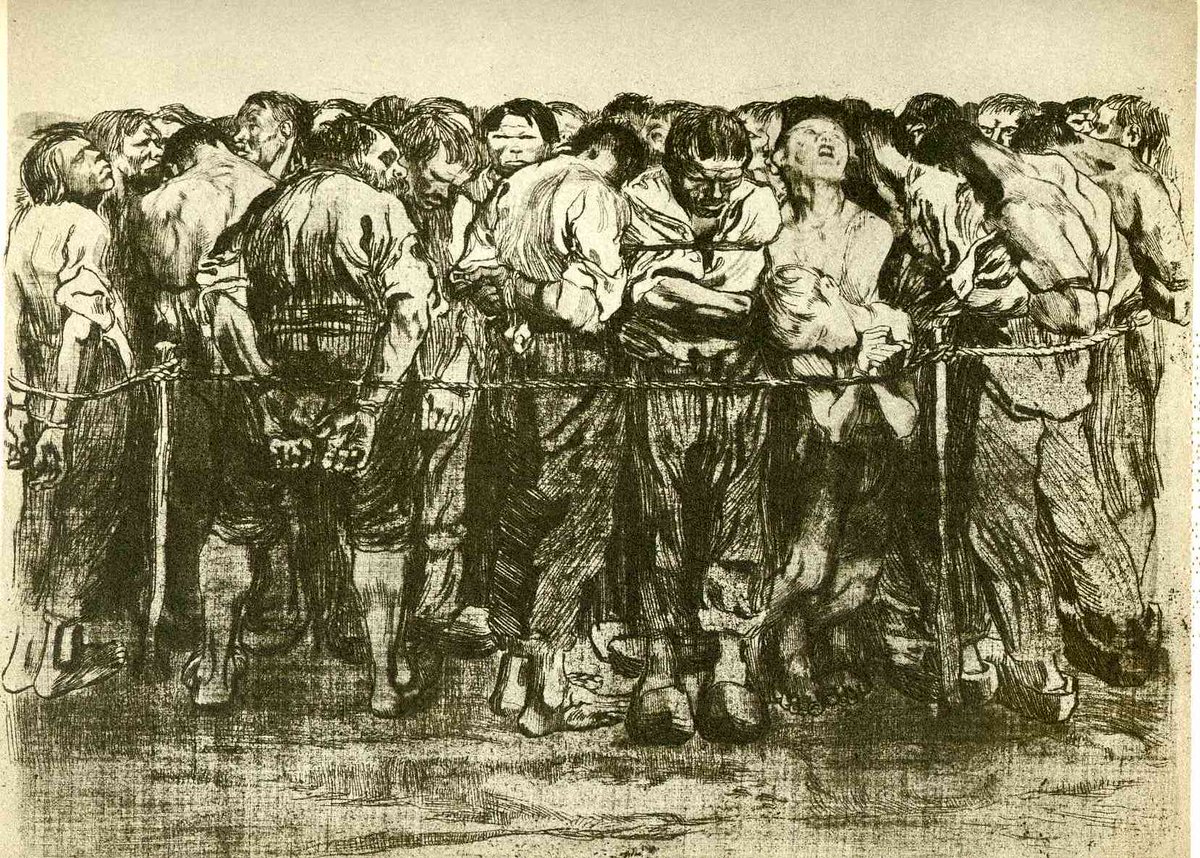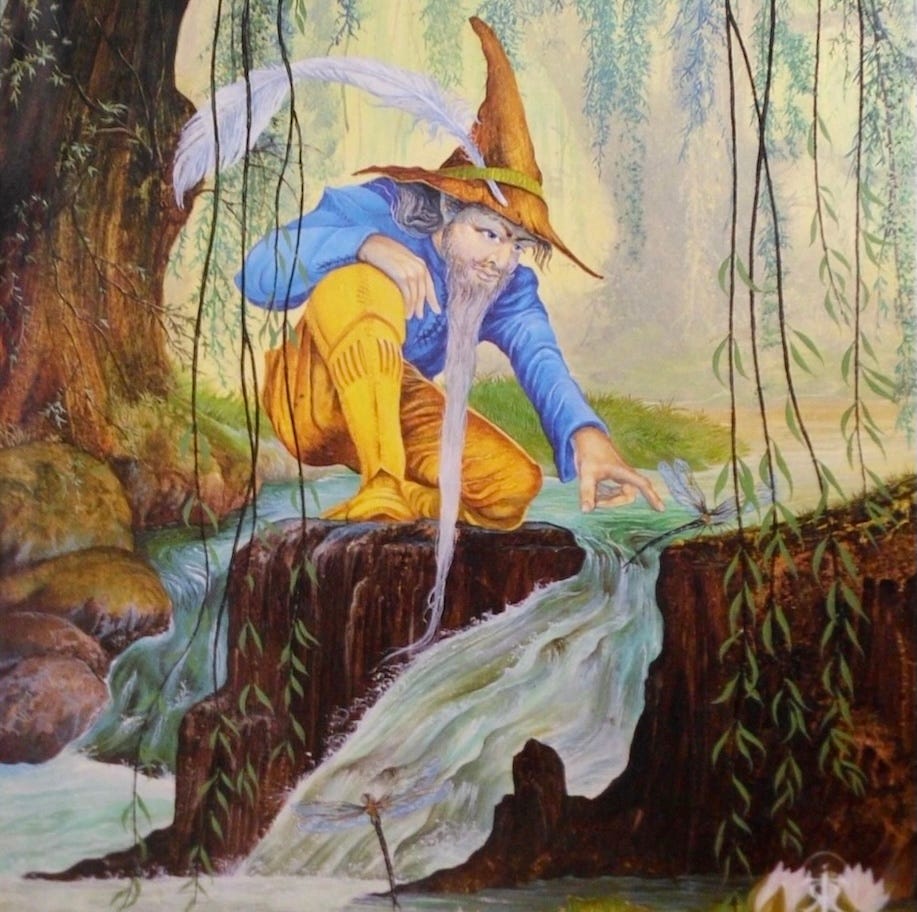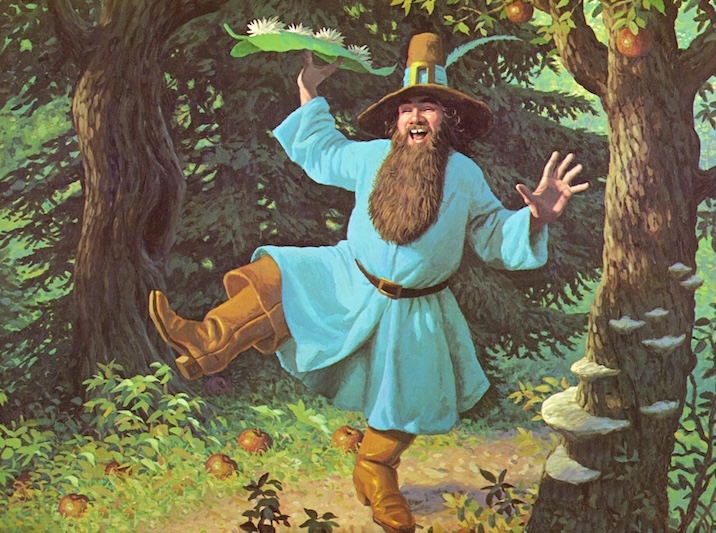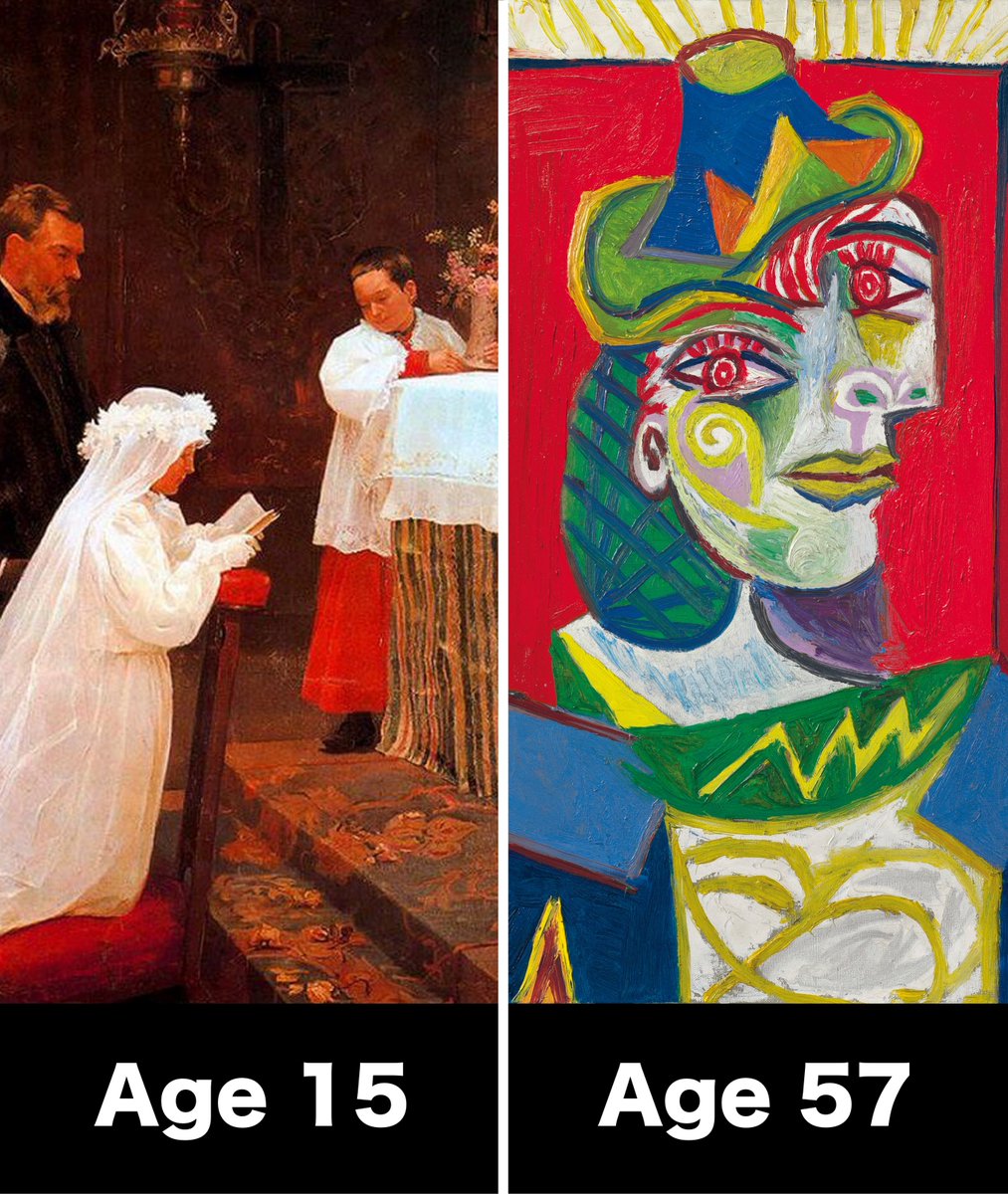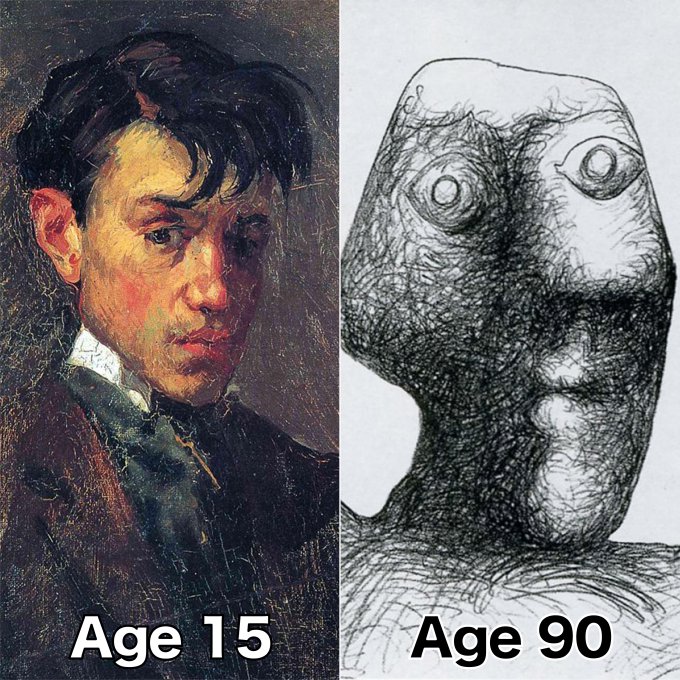Deep in his notebooks, Leonardo da Vinci had a mind-blowing idea:
That the human body is a scale model of Earth.
And that's just the beginning — his theory will change the way you see everything… 🧵
That the human body is a scale model of Earth.
And that's just the beginning — his theory will change the way you see everything… 🧵

While dissecting the human body, Leonardo noticed its workings reflected the natural world.
Branching blood vessels were like tributaries flowing into rivers...

Branching blood vessels were like tributaries flowing into rivers...


And erosion and deposition of sediment by rivers was like the deterioration of our blood vessels as we age.
But then he went way beyond simple comparisons...
But then he went way beyond simple comparisons...

Leonardo began comparing the size of different parts of branching systems — like tree branches and blood vessels — and comparing their various angles. 



This all led him to a belief that pervaded every aspect of his work — that humans are not just part of the cosmos, but a miniature representation of it.
The "macrocosm-microcosm" analogy...
The "macrocosm-microcosm" analogy...

When you look for it in his work, you start to see it everywhere. Notice how, in the Mona Lisa, the river in the background seems to flow into Lisa's scarf.
"Man is the model of the world," Leonardo wrote.
"Man is the model of the world," Leonardo wrote.

The idea wasn't originally Da Vinci's — it's ancient. Comparison of physiological functions to cosmology can be found as far back as ancient Mesopotamia.
Plato even suggested the cosmos itself could be considered alive...
Plato even suggested the cosmos itself could be considered alive...

But with Leonardo's help, the theory became the defining idea behind Renaissance Humanism.
If human beings were not just one creature among many, but a miniature instantiation of the cosmos, then human life had potential for greatness.

If human beings were not just one creature among many, but a miniature instantiation of the cosmos, then human life had potential for greatness.


Whilst grappling with humanity's place in the universe, Leonardo turned to an ancient, unsolvable math problem: squaring the circle.
How do you draw a square with the same area of a circle, using only a compass and straightedge?
How do you draw a square with the same area of a circle, using only a compass and straightedge?

This question was about far more than geometry — circles represented the divine and infinite, while the square was an ancient symbol of the physical world.
Solving the riddle was essentially answering: can the physical world ever be fully united to the divine?
Solving the riddle was essentially answering: can the physical world ever be fully united to the divine?

The math is not solvable (due to the nature of pi), but Leonardo solved it symbolically. He asked: perhaps humanity was so important that proportions of the body could solve geometrical puzzles?
That's where this famous image comes in...
That's where this famous image comes in...

By measuring the "ideal" proportions of the male body against a square and circle, the Vitruvian Man solved the unsolvable problem.
Notice the man's limbs are at two positions: touching the borders of the circle, and meeting perfectly at the edges of the corresponding square.
Notice the man's limbs are at two positions: touching the borders of the circle, and meeting perfectly at the edges of the corresponding square.

With a simple sketch, Leonardo showed that it is man himself who squares the circle.
He can exist in both the earthly and the divine realms (the square or the circle) — it just depends on what he chooses...
He can exist in both the earthly and the divine realms (the square or the circle) — it just depends on what he chooses...

Or, in other words, human beings do have a significant place in the universe.
The unique place of uniting the earthly with the divine.

The unique place of uniting the earthly with the divine.


If threads like this interest you, I go deeper in my FREE newsletter!
91,000+ people read it every week: art, history and culture 👇
culture-critic.com/welcome
91,000+ people read it every week: art, history and culture 👇
culture-critic.com/welcome
And here's the full article if you want to go deeper:
Decoding the Vitruvian Man...
culture-critic.com/p/decoding-the…
Decoding the Vitruvian Man...
culture-critic.com/p/decoding-the…
If you enjoy these threads, please give the original post a retweet! 🙏
And I'll break down more of Leonardo's work...
And I'll break down more of Leonardo's work...
https://x.com/Culture_Crit/status/1848369105037853127
• • •
Missing some Tweet in this thread? You can try to
force a refresh




